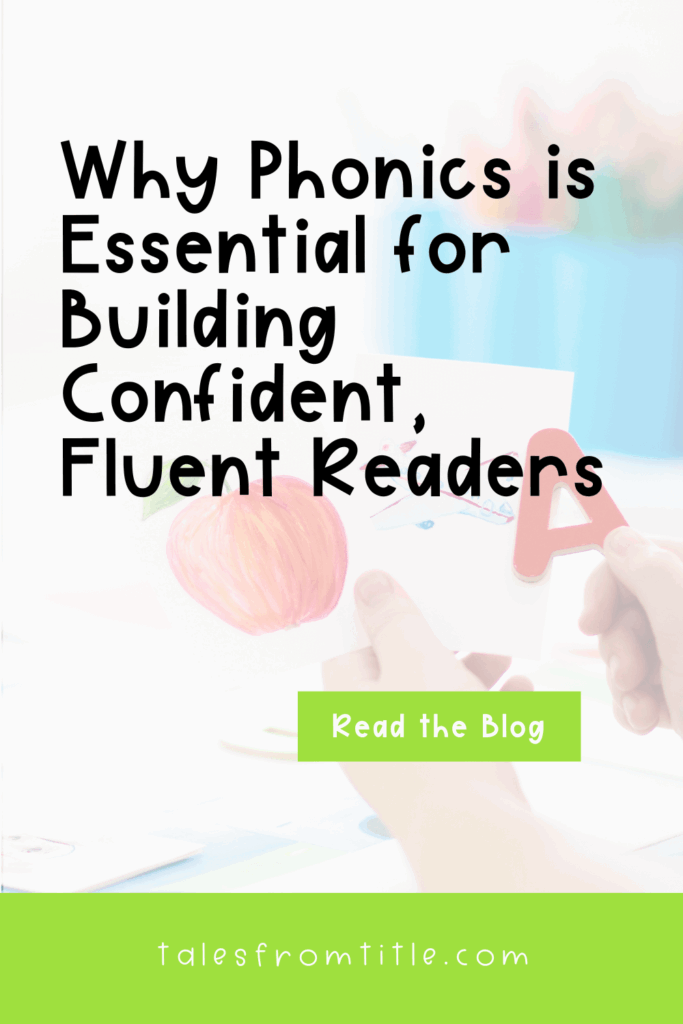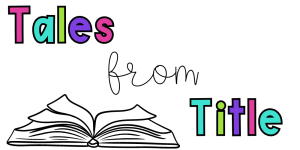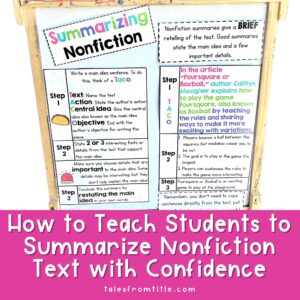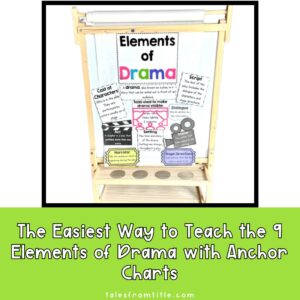It’s time for part four of my ten-part series on the components of reading! In this series, I discuss what each component of reading is, what it means, and why it’s important. If you missed the earlier posts, you can catch up here:
- Part 1 – What is Phonemic Awareness
- Part 2 – Why is Phonemic Awareness Important
- Part 3 – What is Phonics
Today’s post marks the final installment in the two-part mini-series on phonics. In this post, we’ll look at why phonics is so important. Let’s get started!
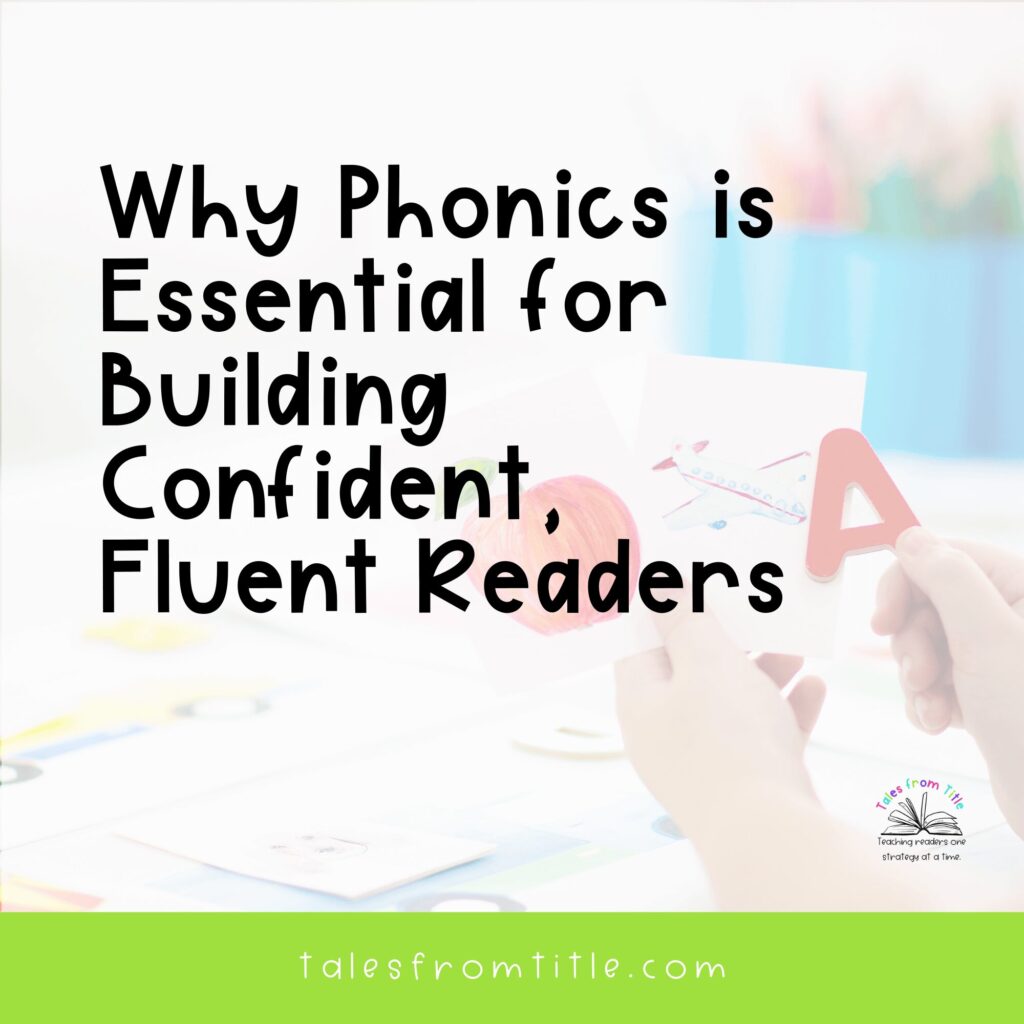
Introduction
Learning to read is a huge milestone in a child’s life and education. Phonics instruction provides students with essential tools to make sense of written words. Without it, learning to read can feel like walking to school in a foot of snow going uphill both ways.
So, what are you waiting for? Grab your favorite drink, curl up in your coziest spot, and let’s take a closer look at why phonics is so important for young readers and how it lays the groundwork for lifelong reading success.
Understanding Phonics
Simply put, phonics connects letters with the sounds they represent. This understanding helps students break down unfamiliar words, recognize patterns, and eventually read grade-level text fluently.
As we discussed in last week’s post, phonics instruction typically takes two forms:
- Synthetic phonics, which focuses on teaching individual letter sounds and blending those sounds together to form words.
- Analytic phonics, which involves looking for patterns in whole words and breaking them down into their sound components.
Both approaches aim to achieve the same goal: helping kids decode words and build a solid foundation for reading.
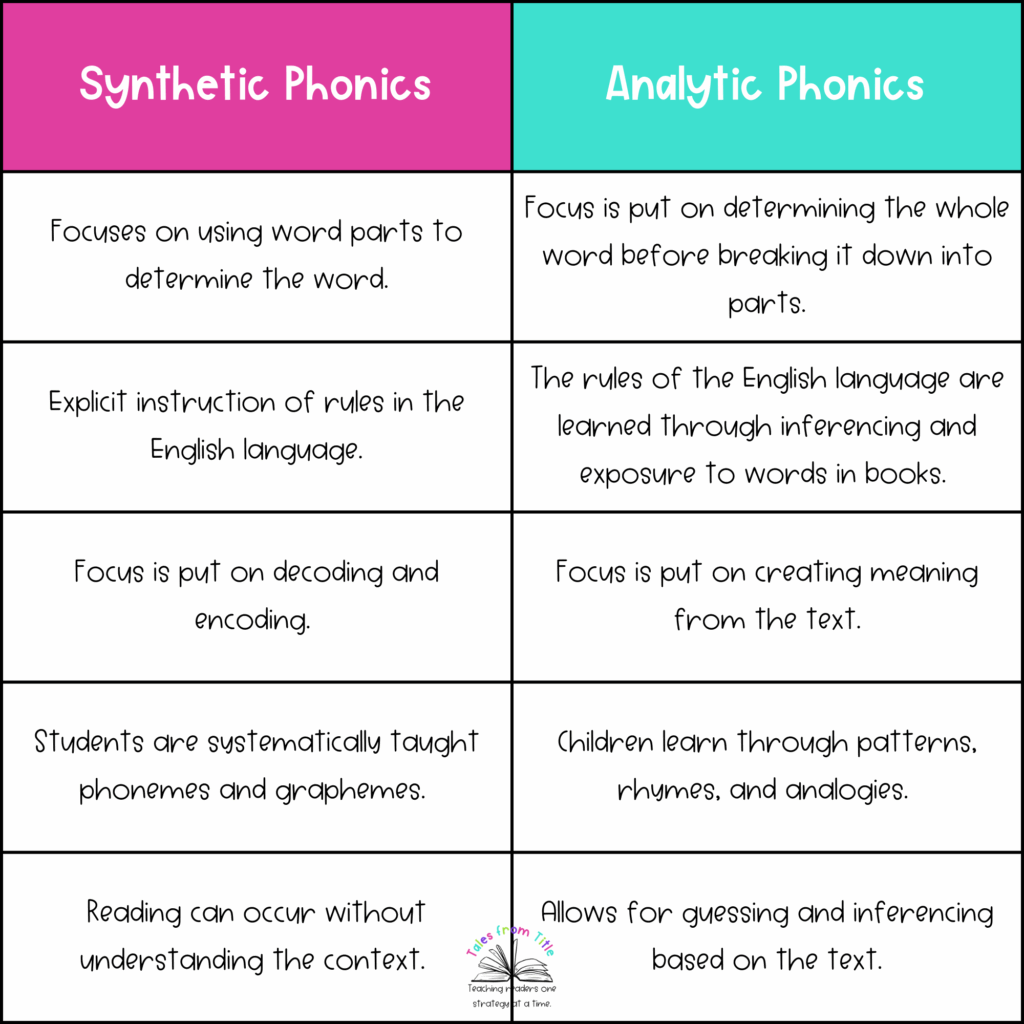
Phonics vs. Whole Language
Much like the different approaches to phonics, there are also two main approaches to teaching reading—phonics and whole language instruction. These methods are widely debated, and preferences often come down to personal opinion.
So, what’s the difference? Phonics is a bottom-up approach where students learn the rules of letters and sounds to decode words. Whole language is a top-down approach that treats reading as a natural process, focusing on context and meaning rather than rules. In phonics, students first learn to read, then transition to reading to learn. Whole language instruction skips to reading for meaning right away.
While both approaches have their advocates, I firmly believe phonics is essential for building strong readers. My own children have experienced both methods. Despite growing up in a print-rich environment, my oldest daughter needed explicit phonics instruction to succeed. Whole language alone wasn’t enough to help her move beyond word calling.
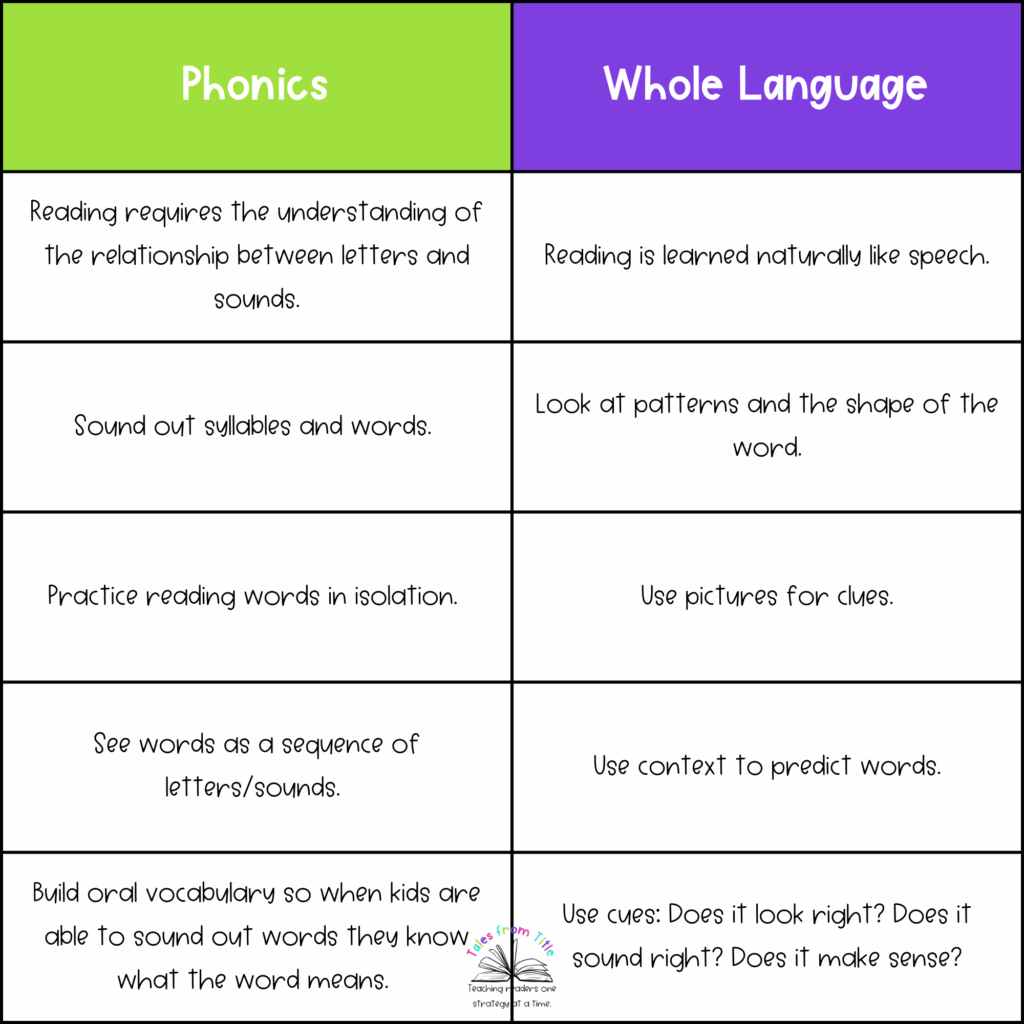
The Role of Phonics in Reading Development
Phonics does more than teach kids to sound out words. It equips them with vital skills for every stage of reading. First, phonics teachers decoding skills which is when you break down unfamiliar words into manageable parts. Next, phonics teaches word recognition. This happens when students recognize patterns to help kids read more quickly and with less effort. Finally, phonics teaches spelling skills which bridges the gap between reading and writing by teaching students how words are formed.
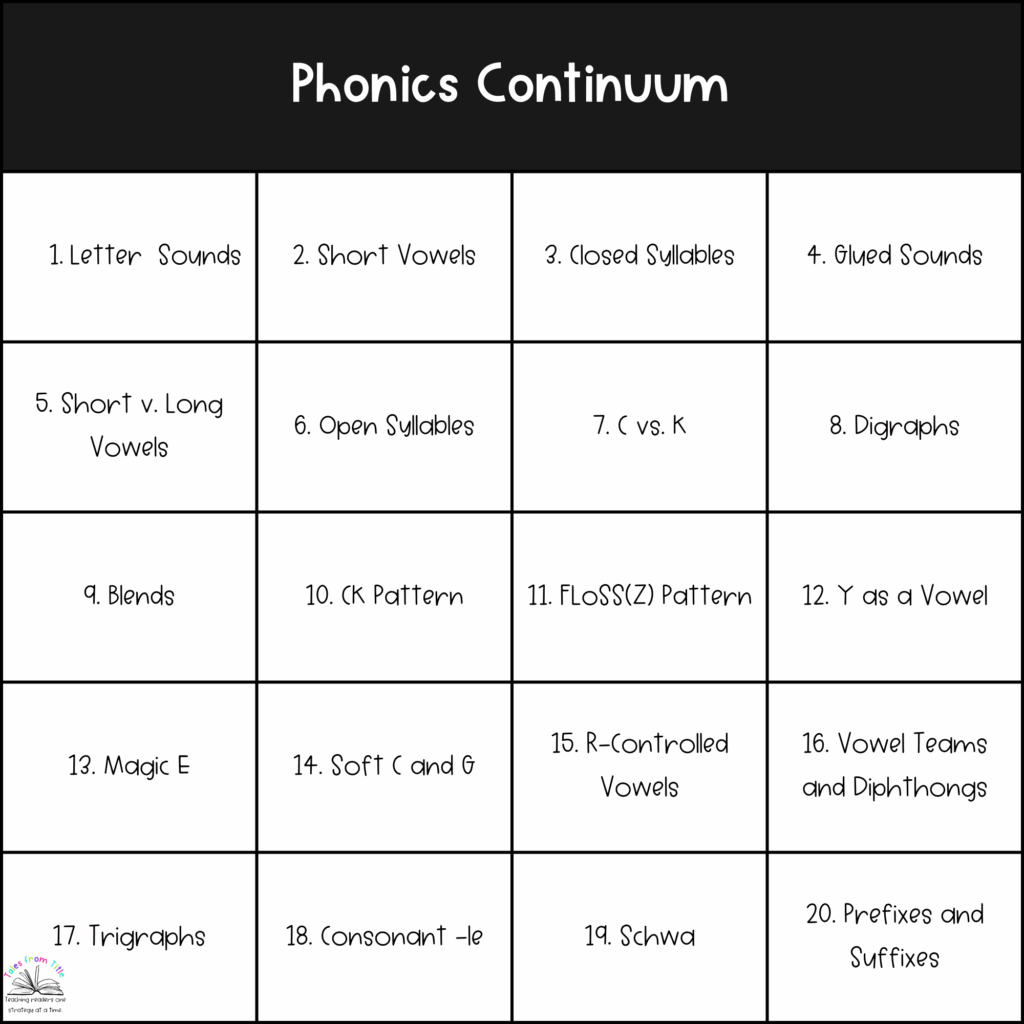
Benefits of Phonics for Early Readers
Teaching students to read using phonics instruction offers a wealth of benefits for young learners. One significant advantage is that phonics helps improve reading fluency. When kids know how to decode words quickly, they spend less time struggling and stumbling through individual words, allowing them to focus on reading phrases and sentences smoothly. Additionally, phonics reduces the frustration that students often experience when trying to read. By equipping them with the tools to understand and apply phonics rules effectively, especially as words become longer, students gain a sense of success. This boosts their confidence and fosters a love of reading. Finally, as students develop fluency and encounter fewer obstacles when decoding, they can shift their focus to comprehending the text, which is crucial for overall reading success.
Phonics for Diverse Learners
Phonics is especially critical for diverse learners:
- English Language Learners (ELLs) benefit from a structured set of rules to navigate English sounds and patterns.
- Students with dyslexia thrive with the clear, systematic instruction phonics provides.
It’s important to note that some students may need extra practice and support through small-group or intervention services. For all learners, using multisensory approaches—hands-on activities, songs, and visual aids—can make a significant difference.

Addressing Common Myths About Phonics
Phonics sometimes gets a bad rap, so let’s tackle a few common misconceptions:
Myth 1: Phonics is outdated.
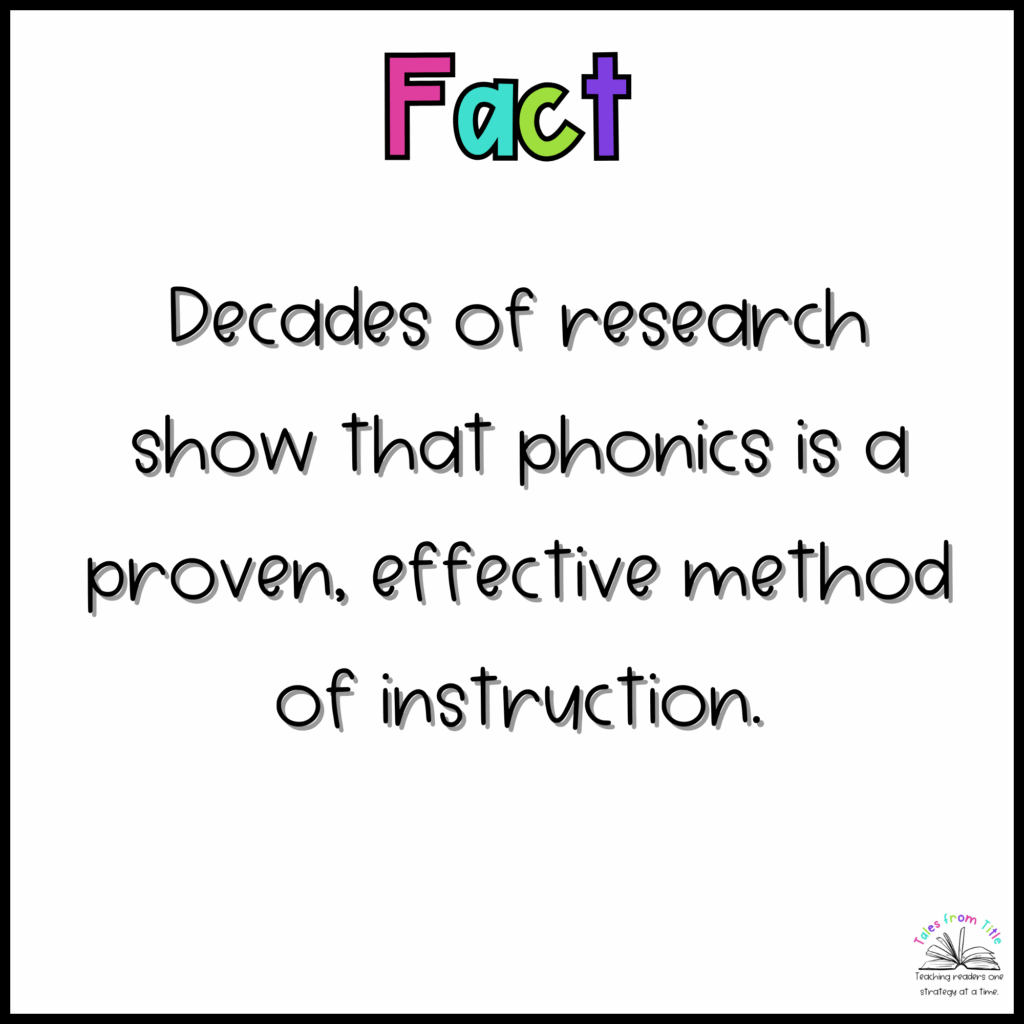
Myth 2: Phonics is only for struggling readers.
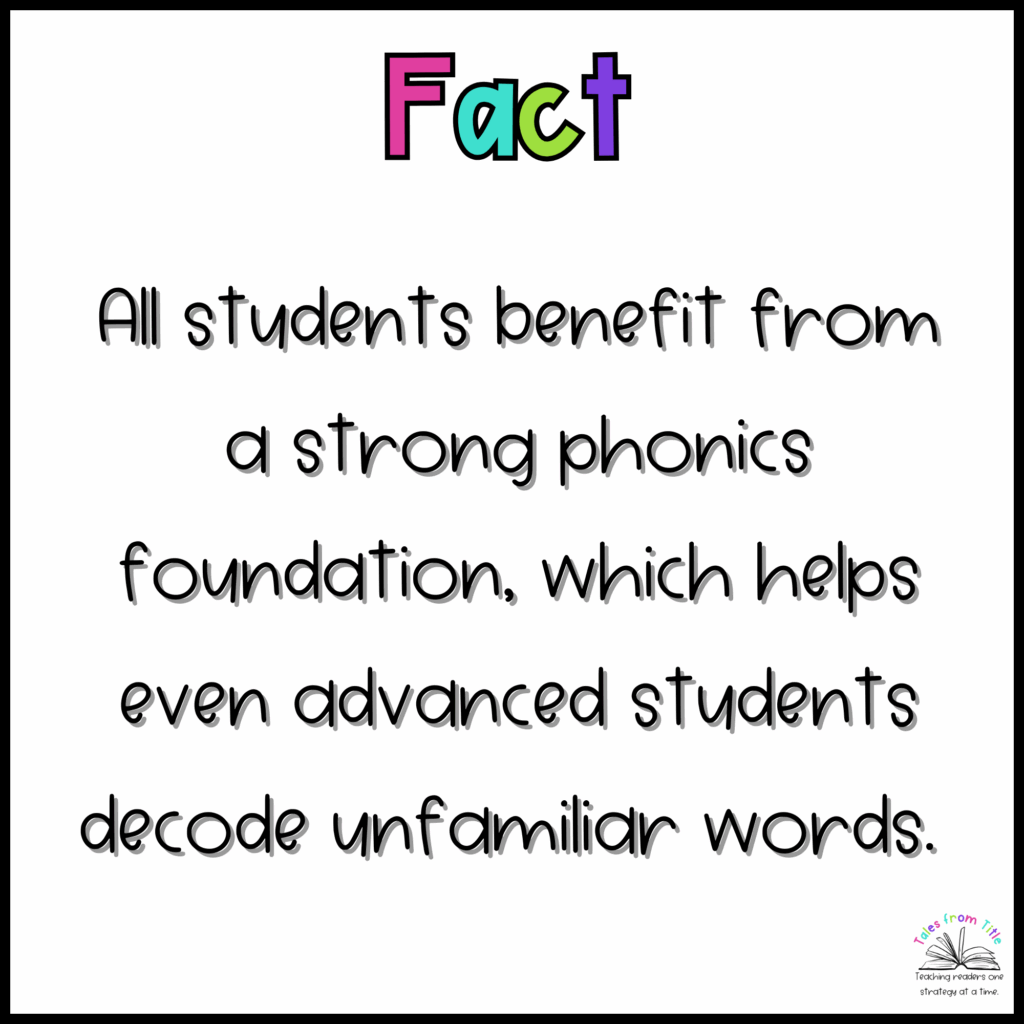
Myth 3: English is too complicated for phonics.
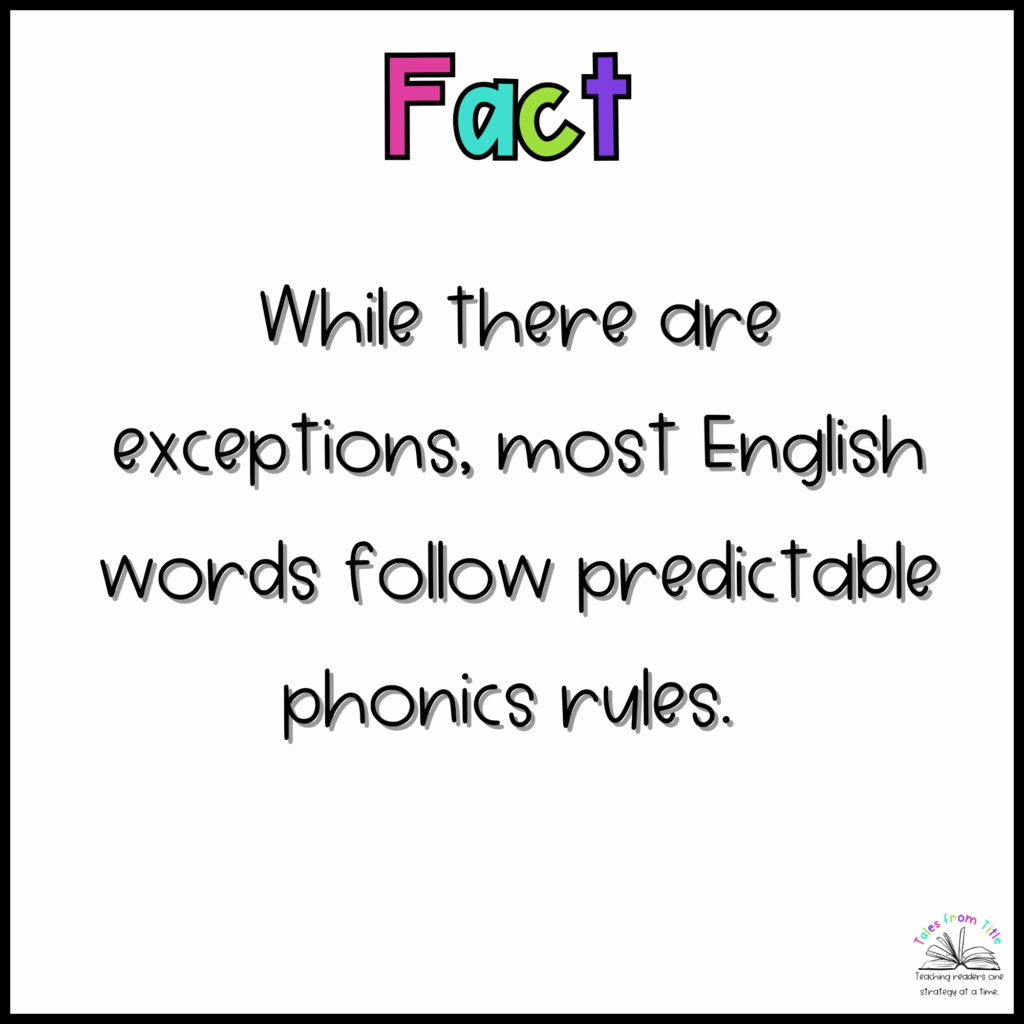
Conclusion
Phonics is imperative to helping students become successful readers. By teaching them to decode words, recognize patterns, and connect sounds to letters, phonics builds a strong foundation that supports fluency and comprehension.
If you’re looking for a free resource to deepen your understanding of reading instruction, check out the Reading Rockets Course: Reading 101. It’s packed with insights and ideas to help you support your students in all areas of reading.
